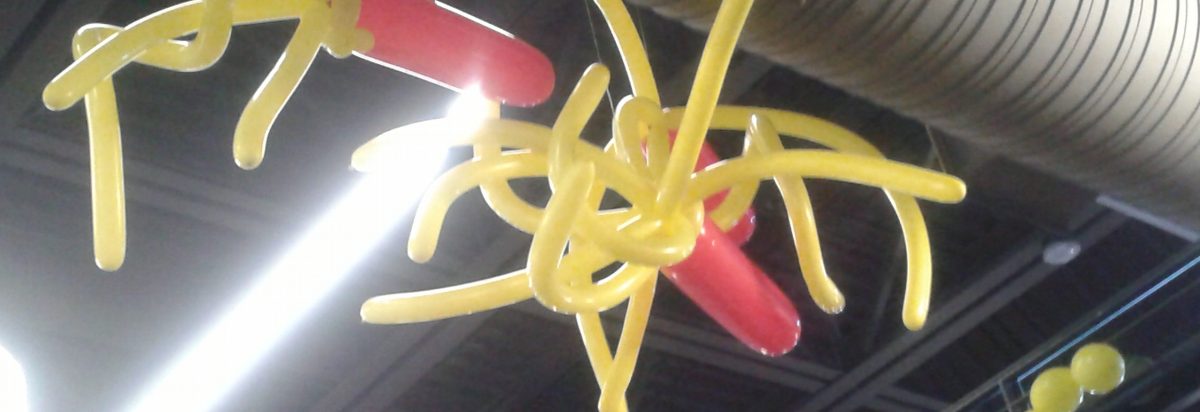Hello Everyone 🙂
This post builds on my last blog entry that summarized how clicker systems aka student response systems (SRS) are used for formative assessment in classrooms. I have been thinking (and reading) about less financially restrictive approaches to performing quantitative or semi-quantitative assessments with “lower-tech” approaches to surveying learners.
One of the reasons I have been thinking about this is that paying for clickers or the subscriptions for participating in these types of technologies might be challenging for students and/or learning institutions as a budgeting consideration.
If live polling results are still required in addition to being able to “score” individual learners, then Plickers might be an option to consider. Plickers are paper cards that with QR code-type symbols that can be assigned to students, and are held up by students in different positions to indicate different responses to multiple choice questions. The instructor scans student responses using a smart phone and the results of surveys can be summarized on a phone or laptop. The main advantage of this system (considering cost as an accessibility issue) is that the cards for student response can be printed on paper or re-used on a laminated card format, while the only device requirement is for the instructor to scan and enumerate results. This alleviates students of the need to purchase clickers or software subscriptions. The main limitation with Plickers is that the maximum number of unique cards is 63, so there is some incompatibility with larger class sizes.
Other formats of student response cards include having students use cards with the letters A-B-C-D printed on them in a grid format. The student would fold the card to indicate a single choice for a multiple-choice format question, and hold it up for an instructor to see. This method of inquiry is more suited to non-graded formative assessment, and is less anonymous than digital polling, but allows the instructor to see instantly whether students are arriving at the correct answer and survey by eye distributions of responses in the classroom. The re-direction of a lecture or facilitated discussion of the answer to the question can still be maneuvered by the instructor on the basis of the responses they see from students.
Finally, hand symbols are perhaps the least object-intensive method of formative assessment that can be used in a classroom. Different numbers of fingers or thumbs-up/thumbs-down are very easy-to-ask for displays in response to multiple choice or true-false questions. Using hand symbols excludes the possibility of combining grading-associated data collection from learners but still allows the instructor to gauge comprehension of the classroom at large.
For myself the greatest challenge I see with all modalities of instantaneous formative assessment, is being able to move learners towards deeper learning and improved comprehension once a problem has been identified. Increasing student understanding when formative assessment is indicating a knowledge gap can be remedied by the instructor selection of a more appropriate explanation or by re-packaging of a concept via peer-based instruction. The ability to navigate through instructor-classroom discourse using real-time assessment needs to combine the skills for developing rapport with some proficiency in building technology or other accessories into the choreography of that conversation. Practice makes insight!

Hi Nicole!
I like the concept of a less expensive alternative to i-clickers and it was good of you to mention of Plickers. I shall definitely check this one out. We can probably use this in our workshops.
Cheers,
Pia
LikeLike